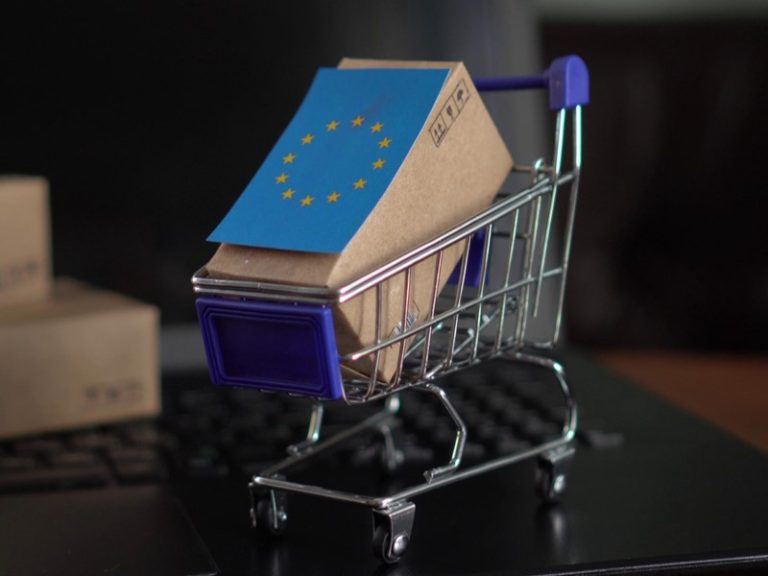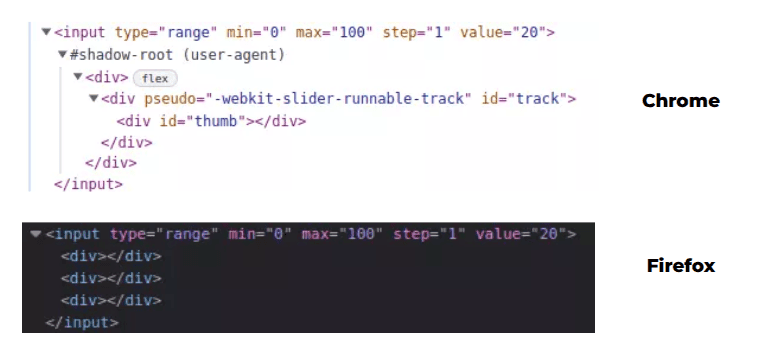Shoppers aren’t rushing anymore — they’re pacing. Retailers have taken notice, moving beyond one-day flash deals and stretching major sales events across multiple days or even weeks.
From holiday rollouts to seasonal campaigns, companies like Amazon, Walmart, and Target are betting on sustained engagement rather than overnight urgency, turning quick surges into longer, more deliberate shopping windows designed to maximize participation and conversions.
Most recently, Amazon’s four-day Prime Day resulted in record-breaking sales, suggesting that the company made the right decision in extending the event. Shoppers should expect similar “window shopping” opportunities from online retail outlets offering parallel discounts.
A mix of factors fuels the trend of extending sales events, according to Bill Schneider, vice president of product marketing at CommerceIQ. Yet, the main thrust comes from a strategy based on results.
“Retailers have learned that extending events pays off. With Prime Day 2025, Amazon stretched the event from two to four days. Based on our analysis, it saw an 18.6% sales growth year-over-year, a 10% increase in traffic, and a 2.2% lift in conversions. That’s solid proof,” Schneider told the E-Commerce Times.
Competitive pressure is an added incentive. Once Walmart had success with Walmart Deals, the first multi-day online sales event, Amazon and Target could not afford to leave days on the table.
“Consumers are rewarding it by continuing to shop,” he added.
Extended Sales Cycles Change Buying Urgency
Table of Contents
That urgency did not wane. It shifted. Instead of one giant spike, shoppers spread out their activity.

VP of Product Marketing
For example, on Prime Day 2025, day one saw heavy browsing. Days two and three were cart-building. Day four had the highest volume of sales.
“That pacing creates more touchpoints for engagement. Brands get more opportunities to tell their story, remind shoppers, and capture intent over time,” he explained.
The most significant benefit is owning the moment. A multi-day sale commands attention, drives word-of-mouth, and pulls traffic in a way a single-day flash sale can’t.
It helps brands capture revenue and attract new customers, while consumers are rewarded with great deals to satisfy their desire to find value.
“Essentially, retailers turn a short spike into a sustained wave. That matters more as competition heats up,” Schneider said.
Marketing Tactics for Multi-Day Events
A one-day sprint is all about urgency. A four-day event is about pacing. The brands that won on Prime Day 2025 adjusted their approach in three key ways, according to Schneider.
The first is obvious. Spread spend strategically instead of blowing it all on day one.
Brands must optimize in real time as traffic, competition, and inventory shift. Companies that invested in media optimization saw at least double the return of their peers as AI helped them scale their media purchases through intraday bidding.
Additionally, stage messaging was used to keep shoppers engaged throughout the event, he noted.
“Even though costs are rising, the brands that embraced this marathon mindset saw strong returns,” Schneider observed.
Risks of Prolonged Sales Events
Extending sales isn’t a guaranteed win. You run the risk of margin erosion by selling at a discount to people who would’ve bought at full price. You also add complexity to the process around inventory and fulfillment.
It’s like going to the grocery store ready to pay full price for ground beef, only to find it’s 25% off. Great for the shopper, but that’s a lost margin for the retailer. Brands need to weigh those trade-offs carefully.
Extended cycles can impact inventory and supply chain, cautioned Schneider. Longer events put a spotlight on inventory management.
“You have to forecast differently for early browsing days and late conversion spikes. If you run out of a hero SKU too soon, you will lose momentum,” he advised.
The winning play is connecting the supply chain to marketing. If inventory is thin or efficiency is off, pull back media. If you have surplus, push harder. That integration keeps you balanced across the whole cycle.
Learn from Amazon’s Extended Prime Day
The lesson for other retailers is two-fold. Do more than discount. Brand your event, build anticipation, and make it something consumers plan around. The storytelling and positioning are just as important as the price cuts.
Amazon’s extended Prime Day demonstrated that shoppers follow a rhythm across multi-day events — starting with browsing, then building carts, and finally converting when urgency peaks.
“Walmart used similar pacing with Deal Days,” Schneider said. “That shift creates more chances to engage with early discovery, mid-event reminders, and last-day urgency if you design campaigns that meet consumers at each stage of that journey.”
Another lesson is that smaller brands do not need massive budgets to win. They need focus and to lean into their agility. He recommends concentrating resources on a select group of top-selling SKUs rather than spreading spend thin across an entire catalog.
Use tools or platforms to bring in real-time bidding, media optimization, and demand forecasting. You may not build your own AI, but you can leverage ones already available. Time promotions smartly — early-bird teasers, mid-event nudges, and last-chance urgency. Don’t blow all your firepower at once.
“Agility can actually be an advantage. Smaller brands can pivot faster, respond to signals quicker, and take more precise swings than larger competitors who are locked into long planning cycles,” Schneider noted.
Extended Events as the New Retail Norm
Black Friday has already stretched into a weeks-long season. Amazon, Walmart, and Target have the brand equity to keep extending.
“More importantly, consumers are showing up. We haven’t hit the ceiling yet. As long as shoppers keep engaging and the economics make sense, retailers will keep testing the limits,” Schneider suggested.
Planning for adaptability is Schneider’s most critical advice for brands preparing for extended cycles. In the era of AI and expanding consumer choice, agility is the key to a competitive edge.
“Traditional playbooks won’t cut it anymore. Based on our analysis, brands that crushed Prime Day 2025 leaned into agentic AI — tools that adjusted bids and budgets in real time. That’s how they captured incremental sales and grew share while others didn’t update their go-to-market,” he concluded.





